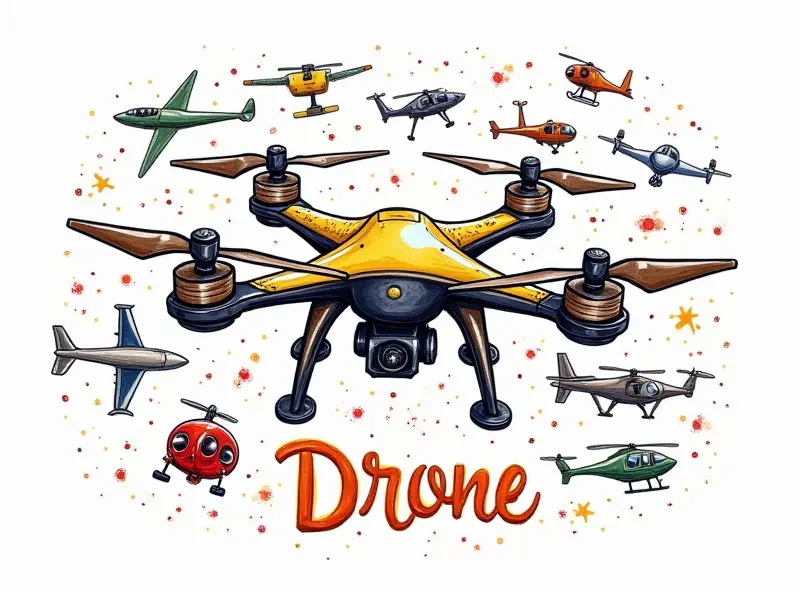How do drone waypoints work?

Drone technology has revolutionized various industries, from agriculture to filmmaking. One of the key features that make drones so versatile is their ability to navigate autonomously using waypoints. This article delves into how drone waypoints work and why they are essential for efficient drone operations.
The Basics of Drone Waypoint Systems
Waypoints are specific coordinates in space where a drone can be instructed to perform certain actions, such as taking photos or videos, adjusting altitude, or changing direction. These points form the backbone of autonomous flight planning and ensure that drones operate with precision.
How Waypoints Control Drones Precisely
The implementation of waypoints in a drone's navigation system allows for highly accurate control over its movements. By defining specific coordinates (latitude, longitude, altitude), operators can program the drone to fly along predetermined paths and execute tasks at designated locations.
Mastering Drone Navigation with Waypoints
To master drone navigation using waypoints, it's crucial to understand how these points are integrated into flight planning software. Operators input a series of waypoints that create a flight path, which the drone follows automatically once the mission is initiated.
Unleashing Drone Autonomy via Waypoints
Waypoints enable drones to operate autonomously without constant human intervention. By setting up a sequence of actions at each waypoint, operators can free themselves from manual control and focus on other tasks while ensuring that the drone completes its mission efficiently.
Understanding Drone Mission Planning: Waypoints
Mission planning with waypoints involves creating detailed flight plans that incorporate all necessary elements for successful execution. This includes defining start and end points, setting up intermediate waypoints, and specifying actions to be performed at each point.
Simplifying Drone Flight Paths with Waypoints
- Efficient Path Planning: Waypoints simplify the process of planning complex flight paths by breaking them down into manageable segments.
- Precision Control: By specifying exact coordinates, operators can ensure that drones follow precise routes and perform tasks accurately at designated locations.
Navigating Drones Effortlessly with Waypoints
The use of waypoints makes navigating drones much more intuitive. With clear instructions for each segment of the flight path, users can easily monitor and manage drone operations without needing extensive piloting skills.
How Waypoints Enhance Drone Efficiency
Incorporating waypoints into drone missions significantly enhances operational efficiency by reducing human error, increasing speed of execution, and allowing for more detailed task management. This is particularly beneficial in industries requiring large-scale data collection or repetitive tasks over vast areas.
Why Waypoints Are Essential for Drones
Waypoints are indispensable for drones as they provide the framework necessary for autonomous operation. Without waypoints, achieving consistent and reliable performance would be challenging, especially in applications demanding high precision and repeatability.
A Beginner's Guide to Drone Waypoints
- Defining Coordinates: Learn how to input precise latitude, longitude, and altitude values for each waypoint.
- Setting Actions: Understand the range of actions that can be programmed at waypoints, such as taking photos or adjusting speed.
- Mission Testing: Discover methods for testing your waypoint-based missions before full-scale deployment to ensure accuracy and reliability.
Optimize Your Drone Flights Using Waypoints
To get the most out of your drone's capabilities, it’s important to optimize flight paths using waypoints. This involves careful planning, thorough testing, and continuous refinement based on mission outcomes and feedback.
Conclusion
In conclusion, understanding how drone waypoints work is crucial for anyone looking to leverage drones effectively in various applications. By mastering the use of waypoints, operators can achieve greater precision, efficiency, and autonomy in their drone operations. Whether you're a beginner or an experienced user, incorporating waypoints into your flight planning will undoubtedly enhance your drone’s performance.

